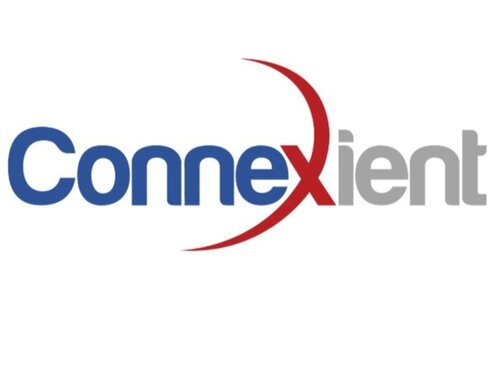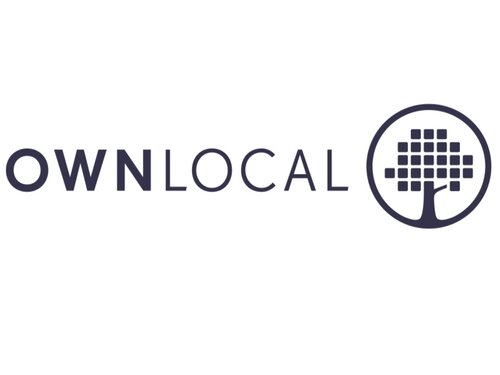
Six Use Cases for Revenue-Based Financing
There’s no denying that the dynamics of building and growing a software company have shifted over the past decade.
With considerable growth in modern deployment tools, remote working, and predictable revenue models, we’re seeing a new wave of capital-efficient software companies that can build faster and go much further without the need of large equity rounds.
As a result, a new form of growth capital (Revenue Based Financing) was born to better support the unique needs and inflections points of modern software companies. This non-dilutive approach, which we explain in-depth here[1] enables entrepreneurs to invest in important growth initiatives without sacrificing optionality or control too soon.
While the usage of RBF (and other forms of alternative capital) is on the rise, we’ve found that there’s still very little info out there outlining its most useful applications. To help, we’ve put together a list of six RBF use-cases[2] complete with real-world examples from companies we’ve partnered with.
1. Improve valuation ahead of an equity round.
When it comes to valuing a company, there’s no metric more important than ARR. Investors want to see a track record of strong month-over-month growth, showing the ability to not only convert new prospects but to retain existing customers as well.
For many investors, there are key thresholds (growth, retention, % of concentration, LTV/CAC) that guide their investment strategy. For instance, its common to see investors only partner with companies who have hit $5M or $10M in ARR before making an investment.
With revenue-based financing, companies can secure the growth capital needed to reach these important revenue milestones, allowing for a more favorable raise and defer a valuation event until they can prove the necessary metrics.
For example, many of our portfolio companies use RBF to help accelerate their growth over a 6–18-month period, during which they may invest in sales and marketing or other strategic GTM initiatives. By the end of this period of growth, they’re able to demonstrate improvement across the key areas of focus and are better positioned to negotiate a larger equity round at more favorable terms.
Case study: In 2016, New York-based healthcare tech company Doctor.com used our non-dilutive funding to ramp up sales and marketing ahead of a Series A. They were able to grow their monthly revenue over the next six months, which helped them to obtain a strong Series A on better terms than what they would have seen if they had gone straight to a VC.

2. Retain control and avoid dilution.
While revenue-based financing can be used to improve metrics ahead of an equity round or exit, it can also be used to avoid dilution altogether.
Today, we’re seeing an increasing number of bootstrapped or lightly capitalized companies that run a lean operation and prefer to grow with minimal outside investment. In these scenarios, RBF can provide a happy middle-ground, where founders can secure the funding needed to realize their growth goals, without needing to take on more capital than they’re looking to deploy, committing to a rapid acceleration of growth, or giving up control.
RBF is aligned to this breed of company and enables founders to grow at their pace and on their terms without the pressures and expectations that come with venture capital.
Case study: Connexient, NY-based provider of mobile wayfinding solutions for hospitals was near break-even and required limited capital to grow. RAC was able to provide Connexient with a right-sized amount of capital to boost growth, while limiting dilution and without setting a valuation. RAC later provided follow-on funding that allowed for further growth and the achievement of some key revenue and profitability milestones. In March 2020, on the back of those accelerated metrics, Connexient was acquired by Everbridge. By using RBF, the team was able to both preserve their ownership and achieve a positive outcome at sale.

3. Develop and launch new products.
While it’s easy to see the value in diversification, it can be much more difficult to pull resources away from a core business line to invest in new product development, especially while growing organically. With revenue-based financing, this sacrifice becomes unnecessary. Companies can obtain a non-dilutive capital injection to fund new initiatives while keeping existing resources focused on the core business, and without promising scale on a new initiative that is yet to be proven.
Additionally, RBF enables founders to raise the right amount at the right time, rather than having investors set the terms based on their ideal ownership percentage or fund dynamics. At RAC, we call this “right-sized funding,” and it works well for more focused growth investments like product development.
Case study: Though the first months of the pandemic created much uncertainty, Ideon (formerly known as Vericred)[3] used this time, and the capital provided from RAC’s recent investment, to launch its product that addressed the digitizing environment around health insurance and employee benefits enrollment. With the help of our right-sized funding, they were able to develop and launch a new enrollment solution without affecting other business units. After launch of their digital enrollment solution, in late 2020, the Company’s efforts led to a $23M Series B, which we proudly participated in.

4. Expand into new geographies or customer segments.
Beyond product diversification, many companies look to expand by entering new markets or serving new customer segments. Revenue-based financing can cover the upfront cost of this expansion and be used to open additional offices or hire key roles with specific sector experience.
As was the case with new product development, revenue-based financing won’t require pulling funds from other business units or diluting ownership, which can end up being significantly more expensive once this new expansion takes off.
Furthermore, RBF tends to be more flexible and forgiving than most forms of capital, with repayments that ebb and flow with your monthly revenue. This offers a level of downside protection to cover the time it takes to test, launch, and grow into a new market, rather than setting up an expectation of immediate returns.
Case study: Having sold primarily to the small- and mid-market to date, sales-technology company Consensus identified a new opportunity with larger enterprise customers. RAC was able to provide flexible, non-dilutive capital to support this new positioning, which has found strong product/market fit. As the company has grown, RAC has provided multiple rounds of funding, primarily to support increased investment in sales and marketing. Consensus recently raised a Series B to help capitalize on this new market opportunity, which was also led by RAC.

5. Bridge to profitability or a near-term exit.
For a venture-backed company, exit strategies can be complicated. Whenever a new round is raised and a new valuation is set, the exit horizon gets extended, and investors reset their targets for an increasingly larger goal based on the new post-money valuation. For founders, this means that smaller exit events are now off the table.
Revenue-based financing keeps these options on the table. Without having to give up control or equity, RBF-backed companies are able to extend their runway while aiming to create more value along the way. This means that when they are ready to exit, they’ll be able to entertain smaller exit options, while reaping the majority of the proceeds.
Case study: Patron Technology, an event technology company based out of New York, had funded most of its growth through its own cash flows. Six years into their journey, they realized a need for additional capital to finance their expansion plans and found Riverside Acceleration Capital. We provided a $2.7M investment, which allowed their team to hit a series of key strategic milestones and expand into some attractive adjacent markets. Nine months later, the company was acquired by Providence Equity[4] with the majority of their equity intact, and with all investors aligned around a strong return.

6. Fund an add-on acquisition and its integration.
Instead of seeking an exit of their own, companies can also use revenue-based financing to acquire competing or complementary businesses.
Revenue-based financing makes an ideal model for such a move as it is one of the only funding instruments that gives a company credit for a pro-forma combined business. More importantly it provides the acquirer the time and flexibility needed to integrate and scale the joint assets without setting a valuation – allowing for more value to be unlocked once the businesses are integrated and growing as one.
Traditional forms of capital like Growth Equity or Venture Capital don’t provide credit for the opportunity provided by the joint assets until they are proven out – a very important distinction – and a potentially costly factor for shareholders.
Case study: When existing RAC portfolio company, OwnLocal, identified a potential add-on acquisition target, RAC was able to provide a follow-on RBF loan to facilitate the transaction. The investment provided a right-sized amount of capital, without pressure to accelerate growth prior to integration. In addition, Riverside’s own experience in executing add-on acquisitions provided some helpful insight to OwnLocal during the process.

Flexible growth capital, aligned to your company’s needs
While these common use cases represent six very different situations, they all highlight the same thing: The flexibility of revenue-based financing.
Whether you’re looking to bootstrap to profitability, improve valuation ahead of an equity financing, or launch a new product, or fund an acquisition, RBF’s right-sized and non-dilutive nature make it an attractive choice for today’s tech companies. If you are looking for a flexible and highly aligned funding model, RBF is well worth considering for your next raise.
To learn more about Riverside Acceleration Capital and revenue-based financing, visit our site at www.riverside.ac and let's get in touch.
[1] A Primer on Revenue-Based Financing (RBF) via riverside.ac
[2] Case studies are for illustrative and informational purposes only and selected based on nonperformance based criteria. They should not be relied upon for investment decision making and should not be considered an offer or solicitation of securities or investment services. Riverside’s entire portfolio can be found at www.riversidecompany.com/investment-portfolio/
[3] Our Series B investment in Vericred via riverside.ac
[4] Patron Technology Announces Strategic Majority Investment by Providence Equity via businesswire.com
We love meeting new software companies, so let's talk.

